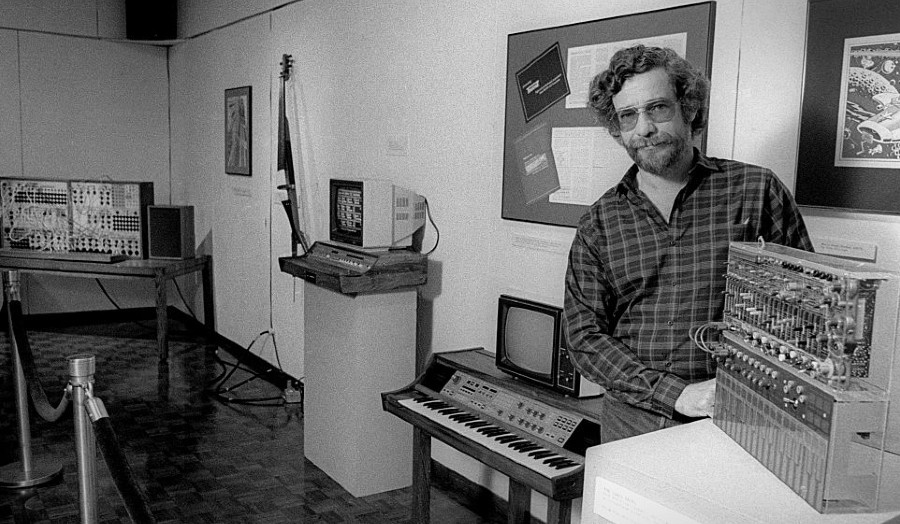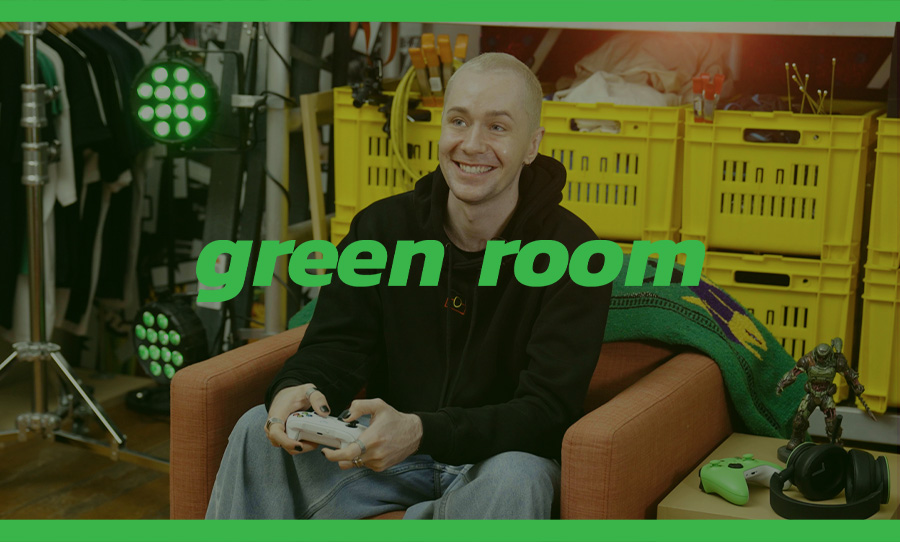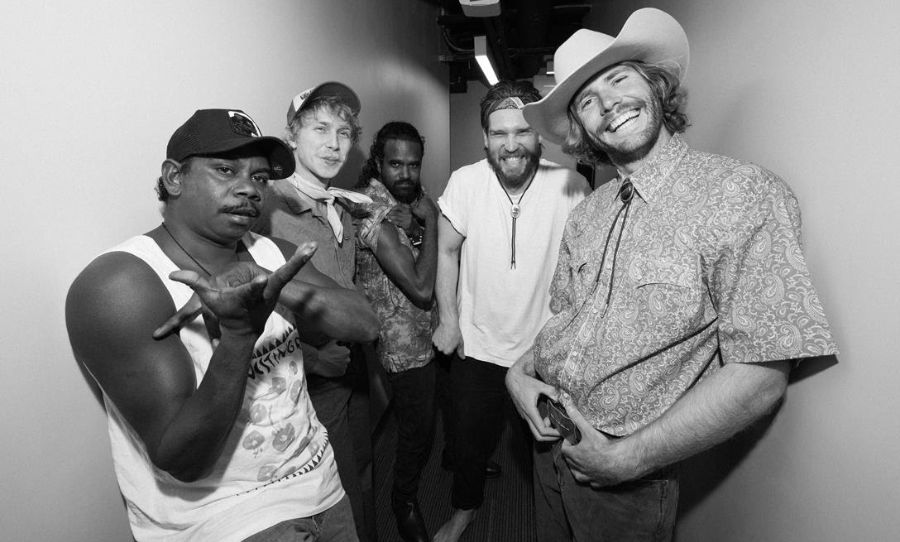Buchla’s work in electronic instrument design and his contributions to the development of electronic music was groundbreaking.
Lately, it seems every time you read about a modular synth lord or electronic music producer, the name Buchla pops up, which to say the least, piqued our interest in a major way.
So we did some digging and unearthed a few facts about the legend who created one of the most iconic modular synths known to man, the Buchla Easel.
Best known for designing and building electronic music synthesizers, particularly the Buchla series, which were among the first modular synthesizers, Don Buchla (1937 – 2016) was at the forefront of electronic music and instrument design.
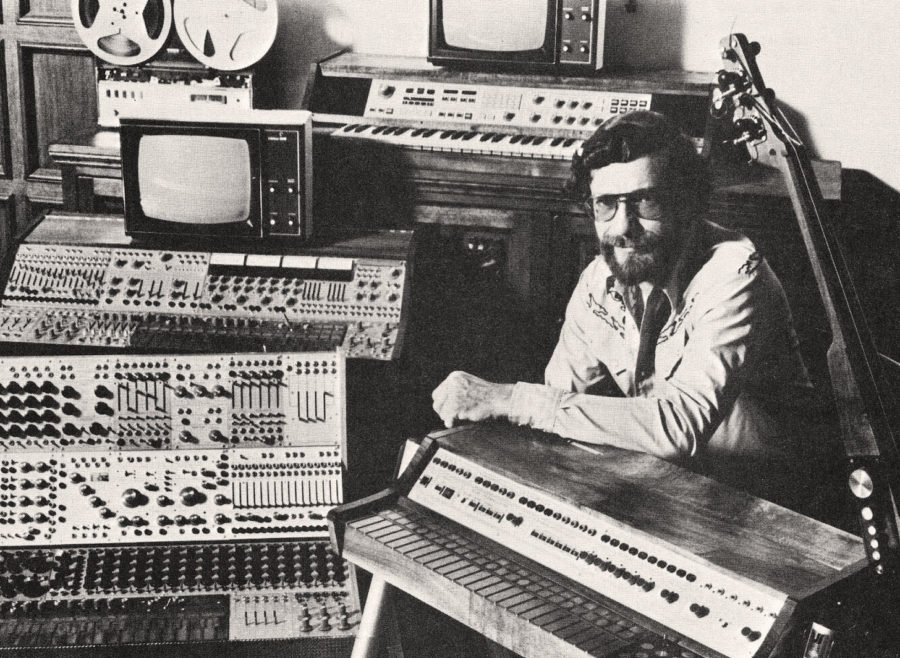
Buchla’s synths are known for their unique design and sound and are used by a number of notable musicians, composers, and sound artists.
He made several models of synthesizers throughout his career. The exact number of Buchla synthesizers that were made is not publicly disclosed, but it is known that Buchla Electronics, the company founded by Don Buchla, produced several models of synthesizers, including the 100 series, 200 series, and the Buchla Music Easel, which were produced in limited numbers. There are some efforts to reissue it, and also some companies offer clones of it. (Check out the incarnation of the 1973 model below)
The OG synths are considered unique and rare instruments, as Buchla synthesizers are known for their experimental and unconventional approach to synthesis.
In 1965, with partial funding from a $500 grant from the Rockefeller Foundation, Buchla created the Buchla Modular Electronic Music System (later known as the Series 100). He began selling it commercially in 1966.
Buchla’s synthesizers were known for their experimental control interfaces, such as touch-sensitive plates. In 1969, the Series 100 was briefly sold to CBS Musical Instruments, but the company soon dropped the line, not seeing the synthesizer market as a profitable area.
In 1970, Buchla released the 200 series Electric Music Box, which was manufactured until 1985.
1971 saw Buchla create the first digitally controlled analog synthesizer, the Buchla Series 500. The Buchla Series 300, which combined the Series 200 with microprocessors, was released shortly after.
The Music Easel, a small, portable, all-in-one synthesizer, was released in 1972. The Buchla 400, which featured a video display, was released in 1982. In 1987, Buchla released the fully MIDI enabled Buchla 700.
In the 1990s, Buchla began designing alternative MIDI controllers, such as the Thunder, Lightning, and Marimba Lumina. With the recent resurgence of interest in analog synthesizers, Buchla has released a revamped 200 series called the Easel Command 208c, which is the new synth module from Buchla. The 208c is a module for the Buchla 200e modular system and the Easel Command is the new standalone desktop version of said 208c.
He is, however, best known for his work on the Buchla Music Easel, which is a portable, semi-modular synthesizer.
The Buchla Music Easel was one of his later synthesizer designs and was intended to be a compact and portable alternative to his larger modular synthesizers.
It features a built-in keyboard, a selection of sound-generating and processing modules, and a built-in power supply. It also has a touch-sensitive keyboard, which allows the player to control the pitch, dynamics, and timbre of the sounds, and a built-in sequencer, which allows the player to create loops and sequences of notes.
Most importantly, The Music Easel is also known for its unique sound, which is characterized by its complex, abstract textures and its ability to create a wide range of sounds, from traditional synth sounds to more experimental and abstract sounds.
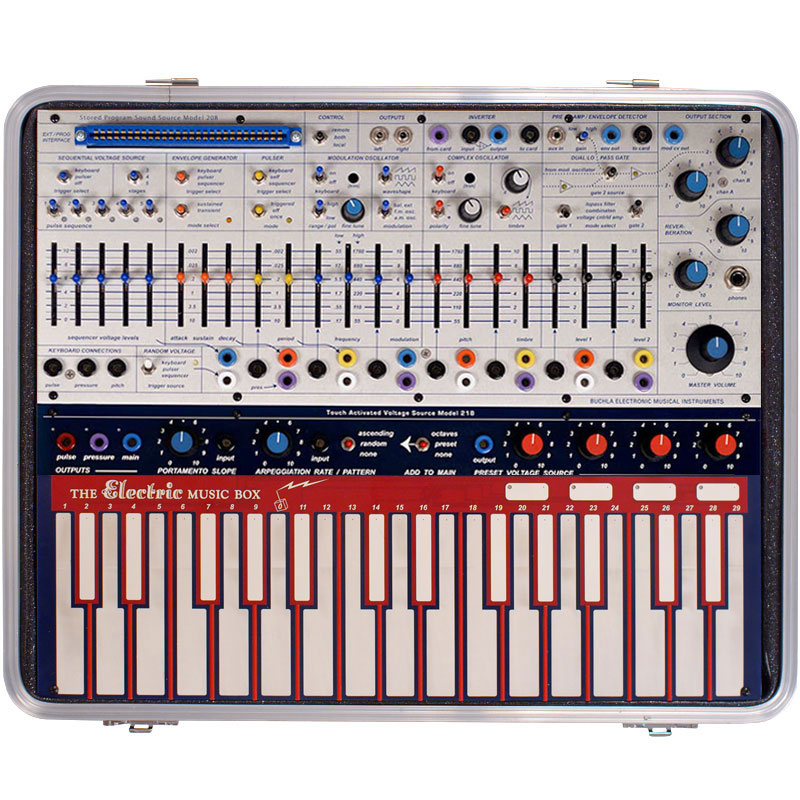
Don Buchla had a number of incredible working relationships throughout his career. He began his work on electronic music synthesizers in the 1960s, collaborating with composers and musicians Morton Subotnick, Pauline Oliveros, and Ramon Sender. He also worked with Robert Moog, in the development of electronic music.
In the later years of his career, he collaborated with a number of artists and musicians to create new instruments and performances, including working with the San Francisco Tape Music Center. He also had a long-standing working relationship with the University of California, Berkeley, where he was involved in the development of electronic music programs.
A number of musicians and composers have used Buchla synthesizers in their work, often used in experimental and avant-garde music, including Suzanne Ciani, Ramon Sender, Kaitlyn Aurelia Smith, Pauline Oliveros, Christopher Willits, Tim Hecker, and Morton Subotnick, a composer, and performer who was one of the first musicians to use a Buchla synthesizer in his music and was a close collaborator of Don Buchla.
